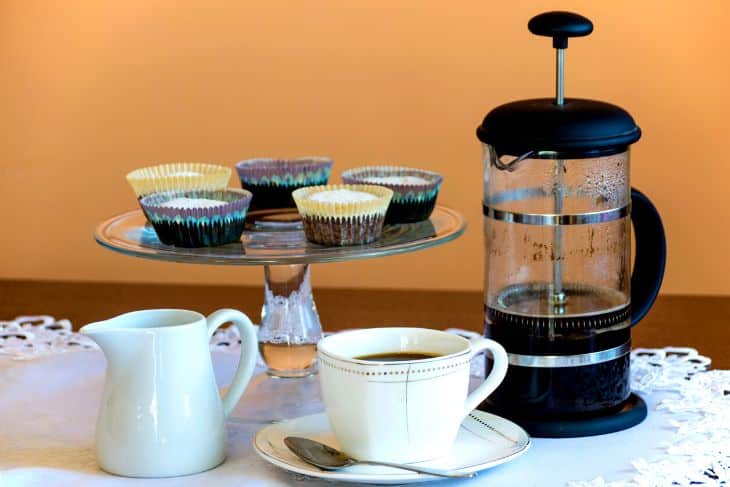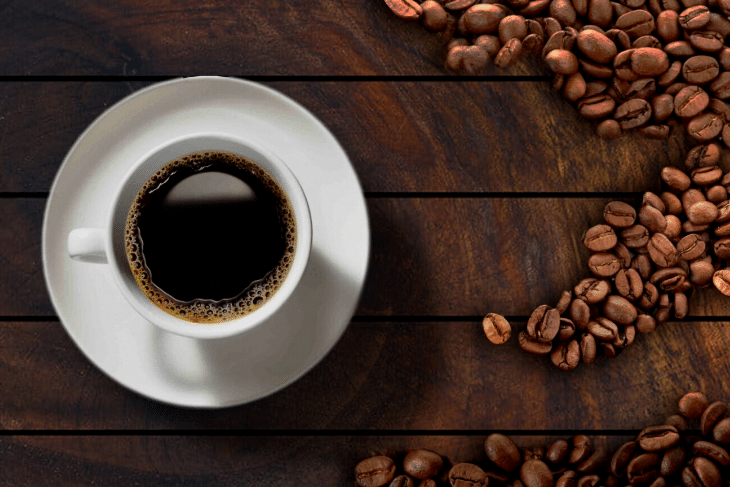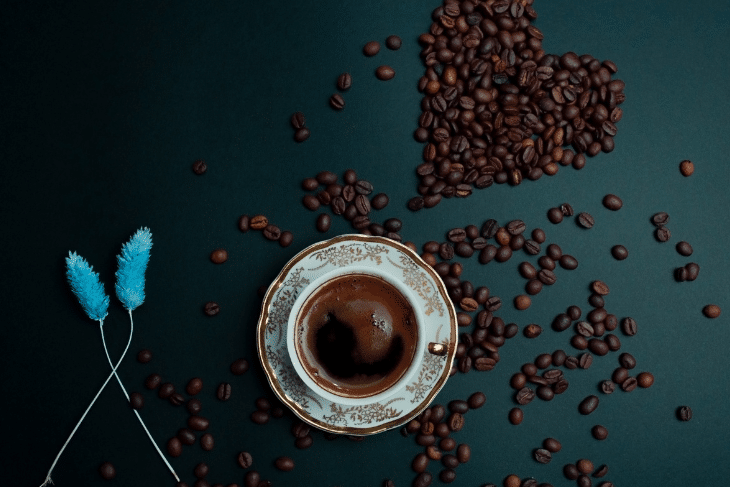Make Espresso at Home Without a Machine – Easy Steps

Making espresso at home without an expensive espresso machine is surprisingly easy and can be done with just a few simple items that you probably already have in your kitchen.
Not only can you save money, but you also get to enjoy the rewarding feeling of making your delicious cup of espresso.
You may consider making an excellent cup of espresso too tricky without a maker, but that’s not always so. There are different ways to make a decent coffee, as long as you would like to modify the way you make it. It is as simple as following the steps of a proper method.
Why do You Make Espresso With a French Press?
Espresso is a popular and delicious coffee beverage, but did you know that you can make espresso with a French press? While it may seem like an unusual combination, using a French press to make espresso has several advantages.
Firstly, this espresso method does not require fancy equipment; you only need a standard-sized French press.

Secondly, the process is pretty straightforward – blend your favorite beans until they are extra fine, then put them in the French press carafe and pour hot water over them before stirring and pressing down on the plunger.
Finally, because there is no machine involved in this process, you have complete control over the flavor of your espresso, allowing for customization to get that perfect cup every time. Read on to learn more about how to make espresso with a French press.
What Will You Need to Make Espresso?
- A coffee grinder
- A French Press
- Freshly roasted coffee beans
- Coffee measuring tablespoon
- An electric kettle
How to Make Espresso With a French Press?
Step 1: Grind Coffee Beans

The grinding of coffee beans is the first part of making a coffee beverage. Use a fine-grind setting on your coffee grinder to grind enough coffee for your desired amount of espresso. You’ll need about 13-18 grams of coffee for a 2-ounce shot of espresso.
Step 2: Heat the Water
Boil water in a kettle or on the stove. Ensure the water is at around 200 degrees Fahrenheit, as this is the optimal temperature for brewing espresso.
Making a quality cup of espresso depends on adequately heating the water at the beginning of the preparation procedure. If the water is not heated sufficiently, it won’t result in the right flavor of the drink.
Step 3: Prepare the French Press
After that, add the ground coffee to the french press and add a small amount of hot water to the coffee to create a “bloom. If you want a more robust flavor, increase the amount of coffee.
Step 4: Wait for Grind Extraction
After adding the coffee grounds, you may get an excellent flavor. To get a rich taste, you must wait some time to extract the grounds.
Step 5: Pour Water into French Press

Pour the remaining water into the French press. But don’t stir too much because it can lose its rich flavor.
Step 6: Wait Around 5-6 Minutes
In that stage, don’t plunge. Close the lid and keep it steep for around 4 minutes. You can add 1-2 minutes longer for a more pungent taste. But don’t steep it too long.
Step 7: Slowly Plunge The French Press
Press down the plunger after a few minutes to strain the coffee. Don’t plunge it over only a quick motion. Do it steadily, slowly, and with a bit of pressure. Plunge it top to down to finish the press.
Step 8: Espresso Ready
Your espresso is ready now, and it’s finished. Enjoy your homemade espresso! You can add extra milk or sugar to suit your taste. Now pour over into your favorite mug and enjoy your homemade espresso!
Final Words
Brewing espresso is a sum of the process. There are some vital things required to make a great cup every time. The coffee beans or espresso beans should be freshly roasted, the water temperature would be suitable for perfect extraction, and you have to maintain a timely manner.
After completing brewing, you shouldn’t keep it for a long time. Serving the espresso quickly helps you to get a fresh and hot rich cup.




